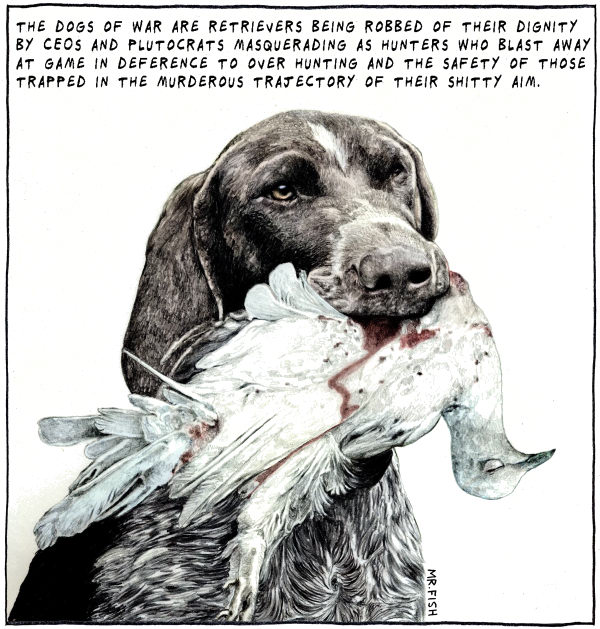Search
Democracy Links
Member's Off-site Blogs
friend or foe .....

"We have 18 pax [passengers] dismounted and spreading out at this time," an Air Force pilot said from a cramped control room at Creech Air Force Base in Nevada, 7,000 miles away. He was flying a Predator drone remotely using a joystick, watching its live video transmissions from the Afghan sky and radioing his crew and the unit on the ground.
The Afghans unfolded what looked like blankets and kneeled. "They're praying. They are praying," said the Predator's camera operator, seated near the pilot.
By now, the Predator crew was sure that the men were Taliban. "This is definitely it, this is their force," the cameraman said. "Praying? I mean, seriously, that's what they do."
"They're gonna do something nefarious," the crew's intelligence coordinator chimed in.
At 6:22 a.m., the drone pilot radioed an update: "All ... are finishing up praying and rallying up near all three vehicles at this time."
The camera operator watched the men climb back into the vehicles.
"Oh, sweet target," he said.
---
None of those Afghans was an insurgent. They were men, women and children going about their business, unaware that a unit of U.S. soldiers was just a few miles away, and that teams of U.S. military pilots, camera operators and video screeners had taken them for a group of Taliban fighters.
The Americans were using some of the most sophisticated tools in the history of war, technological marvels of surveillance and intelligence gathering that allowed them to see into once-inaccessible corners of the battlefield. But the high-tech wizardry would fail in its most elemental purpose: to tell the difference between friend and foe.
Afghanistan Predator drones: Despite high-tech tools, a fatal error
- By John Richardson at 11 Apr 2011 - 6:28am
- John Richardson's blog
- Login or register to post comments
Recent comments
5 hours 30 min ago
7 hours 22 min ago
7 hours 28 min ago
16 hours 58 min ago
17 hours 7 min ago
18 hours 51 min ago
18 hours 56 min ago
19 hours 19 min ago
19 hours 30 min ago
22 hours 1 min ago